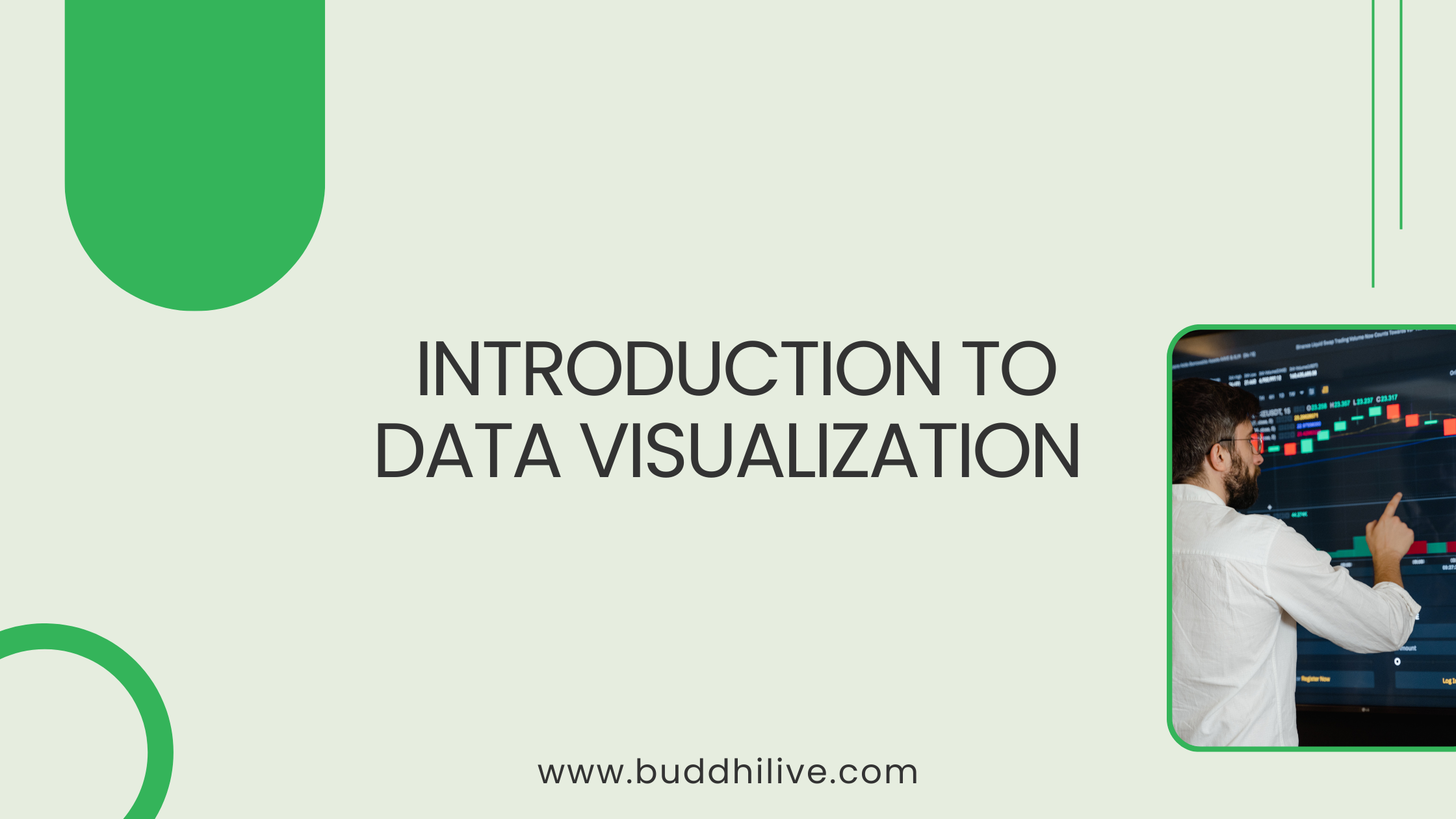Data is powerful, but often hidden in plain sight. Numbers and figures can leave us feeling lost in a sea of information overload. Data visualization is the art of transforming complex data into clear, compelling visuals that tell a story anyone can understand.
Why is Data Visualization Important?
Imagine a complex scientific report versus a captivating infographic. Data visualization does the latter, making data:
- Accessible: Easily understood by everyone, regardless of technical expertise.
- Engaging: Visually appealing, capturing attention and sparking curiosity.
- Insightful: Revealing patterns, trends, and relationships hidden within data.
- Memorable: Leaving a lasting impression and facilitating decision-making.
The Spectrum of Visualization Techniques
Think of your data visualization toolbox as an artist’s palette:
- Bar charts: Compare categories, ideal for showing composition or distribution.
- Line charts: Track trends and changes over time, perfect for visualizing growth or decline.
- Pie charts: Represent proportions of a whole, good for highlighting dominant categories.
- Scatter plots: Explore relationships between two variables, revealing correlations and outliers.
- Maps: Visualize data geographically, pinpointing trends and patterns across locations.
- Heatmaps: Uncover intensity variations, ideal for showcasing sentiment analysis or website traffic.
Choosing the Right Chart
The perfect chart depends on your data and story:
- What type of data are you representing (quantitative, qualitative)?
- What question are you trying to answer?
- Who is your target audience (technical, non-technical)?
Effective Visualization Principles
- Clarity: Keep it simple, avoid overwhelming viewers with too much information.
- Accuracy: Ensure your visuals faithfully represent the data, avoiding misleading distortions.
- Consistency: Use consistent colors, fonts, and styles for a unified look and feel.
- Context: Provide context and labels to guide viewers’ interpretation.
- Interactivity: Consider interactive elements for deeper exploration (e.g., zooming, filtering).
With the right tools and understanding, you can transform data into captivating stories, empowering yourself and others to make informed decisions and unlock the hidden potential within information. So, grab your virtual paintbrush and start painting with data!

